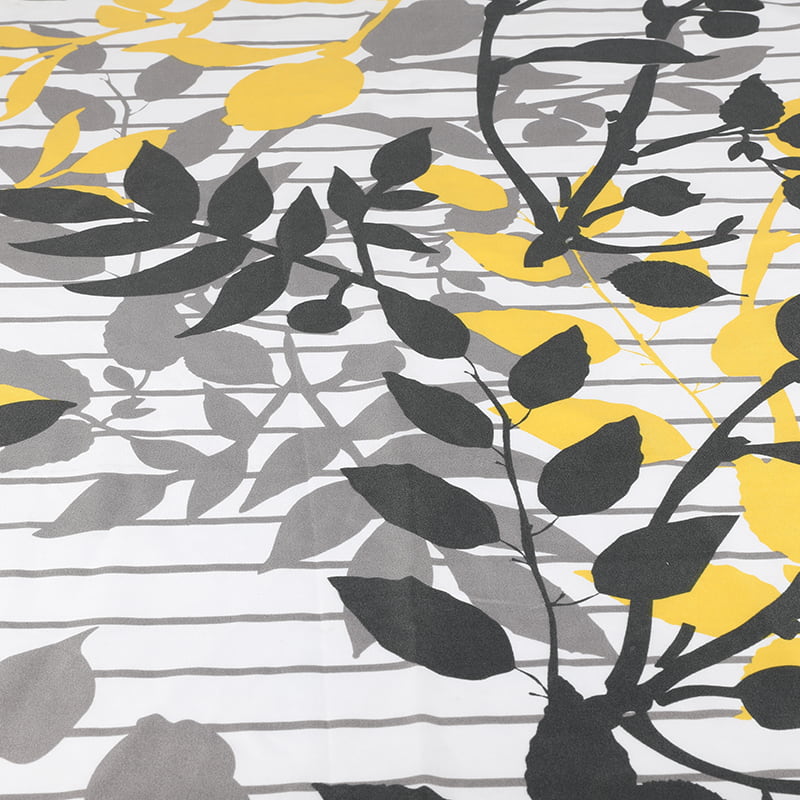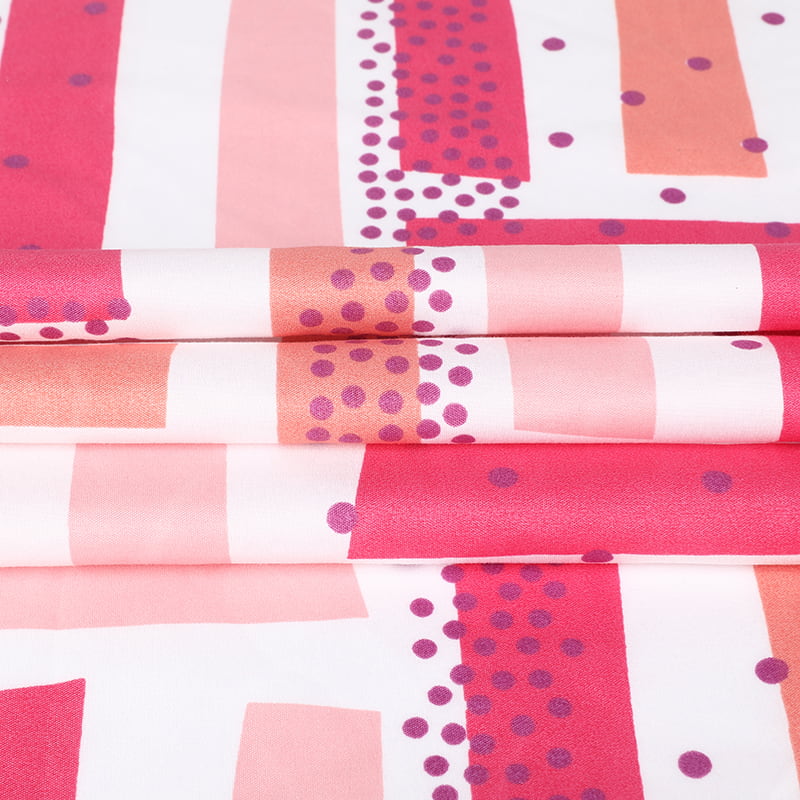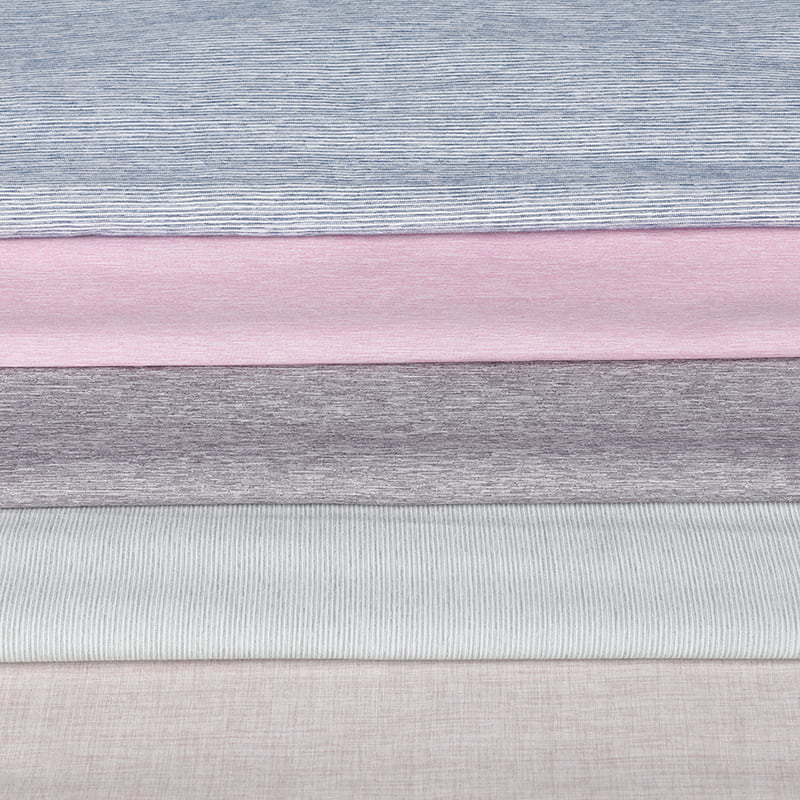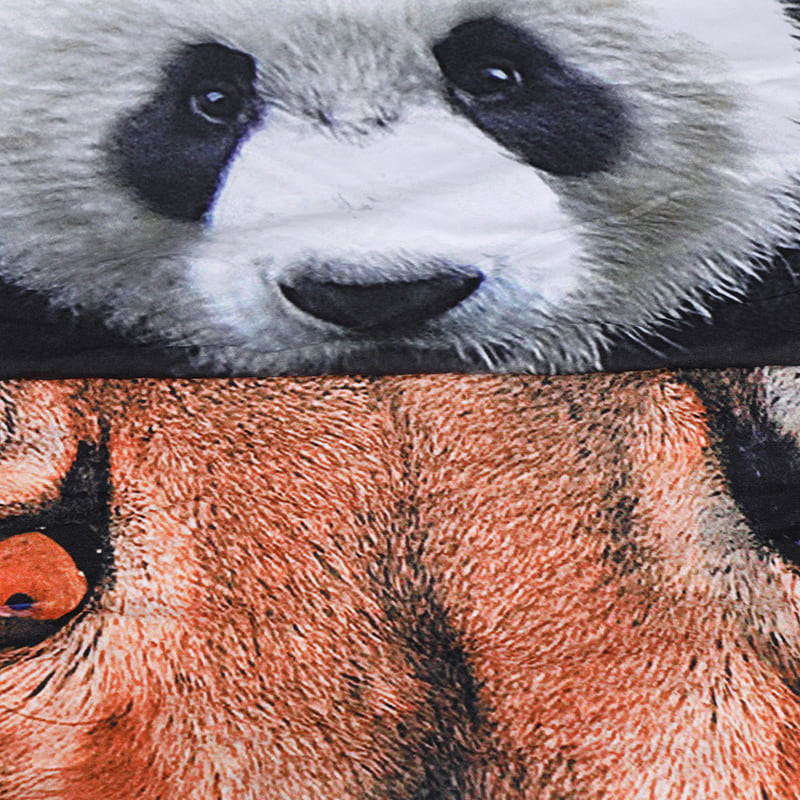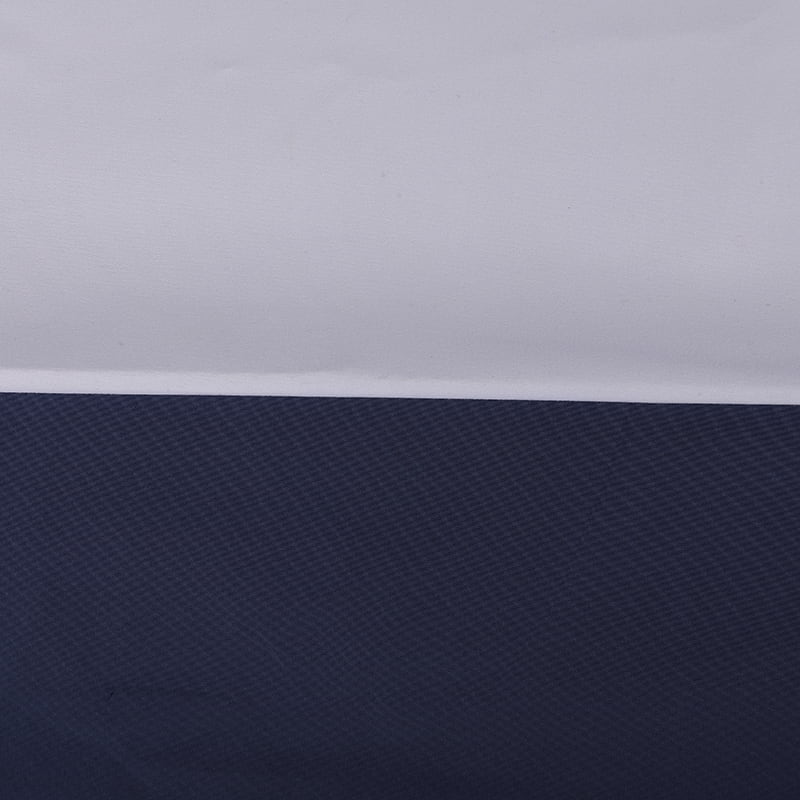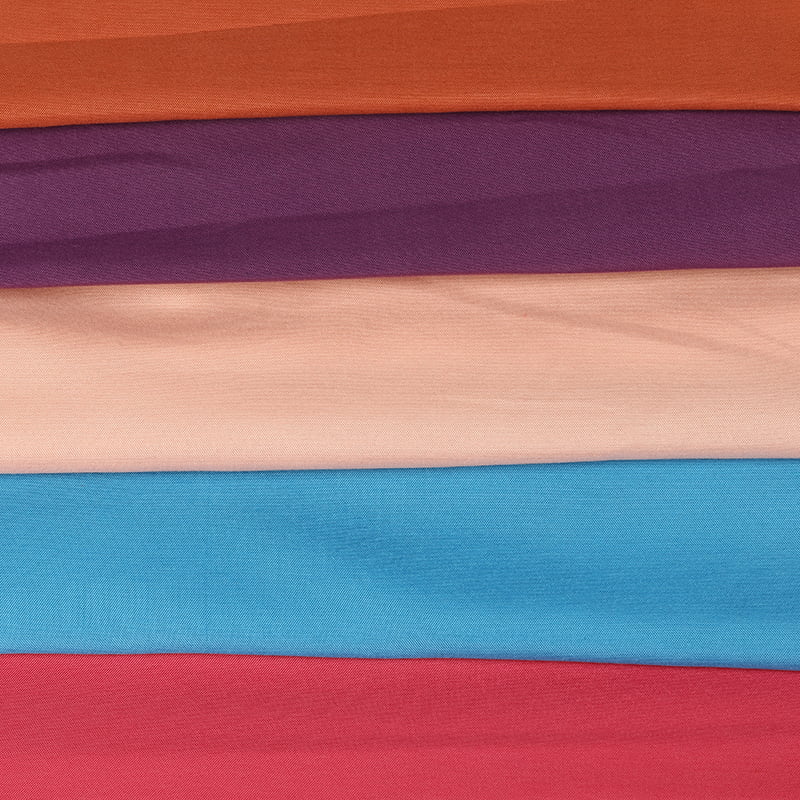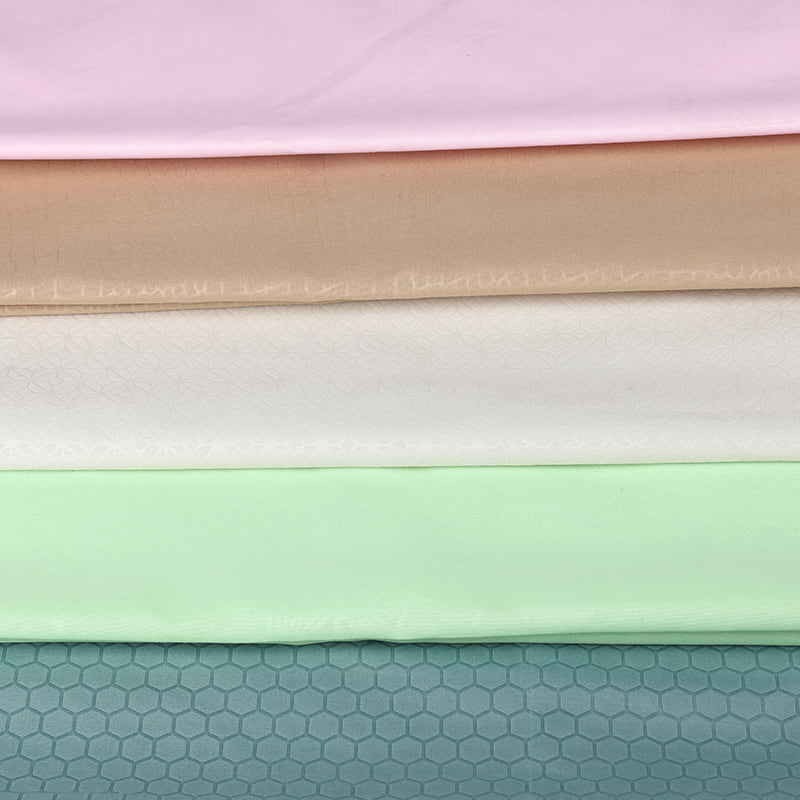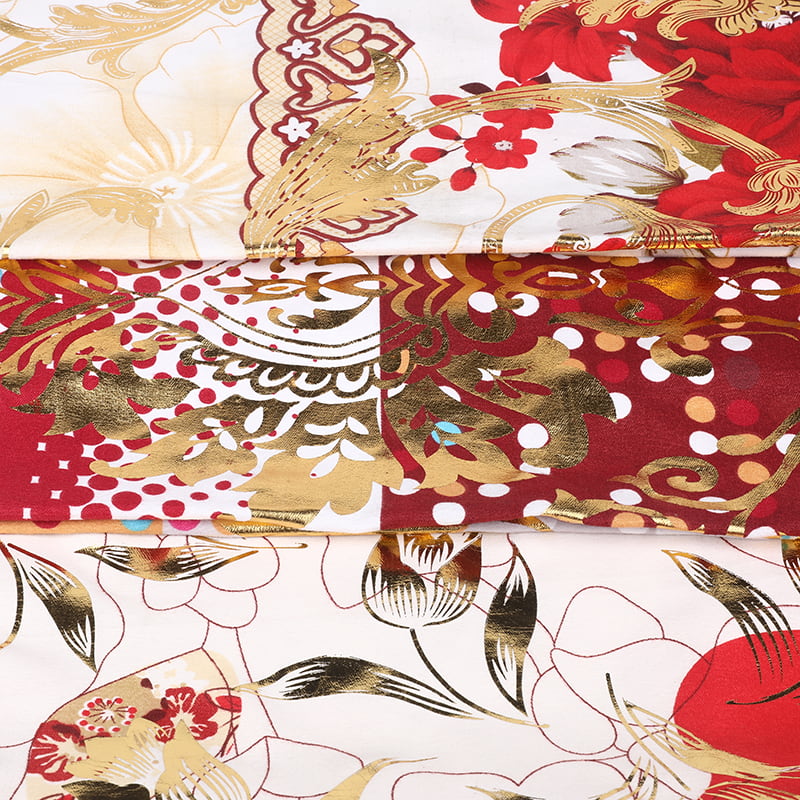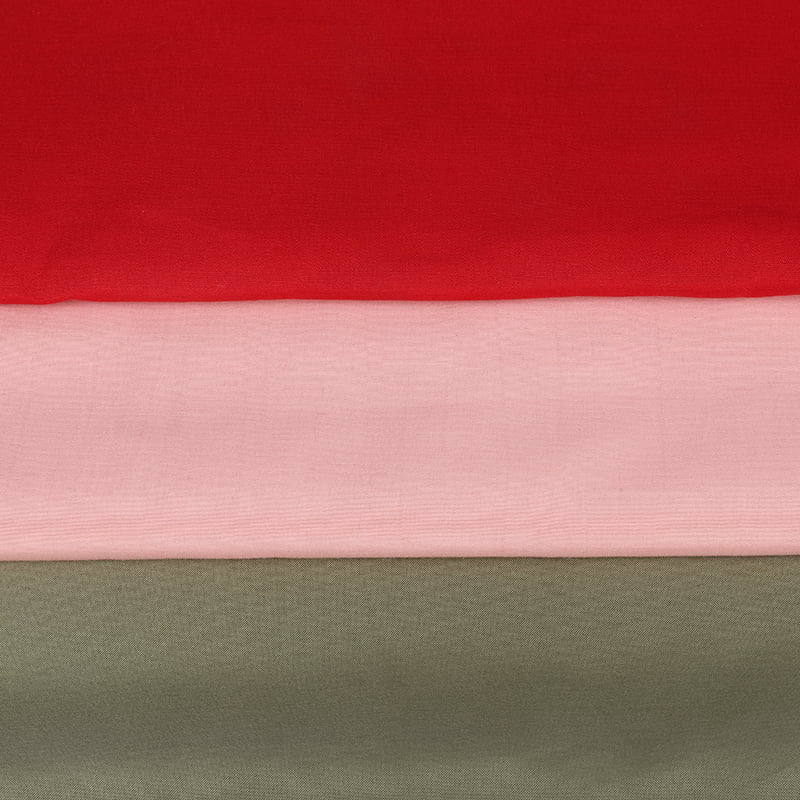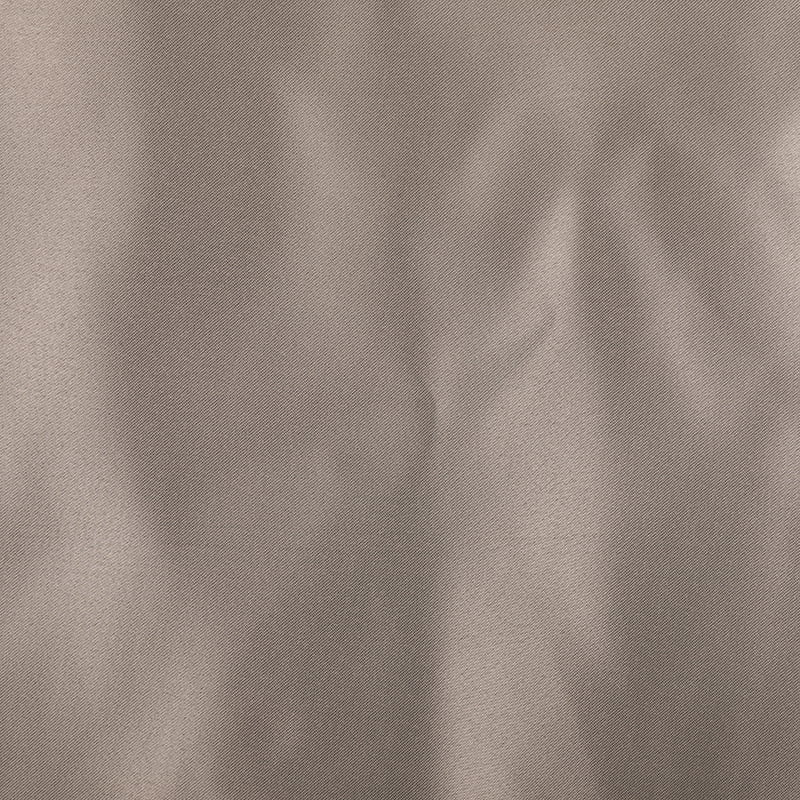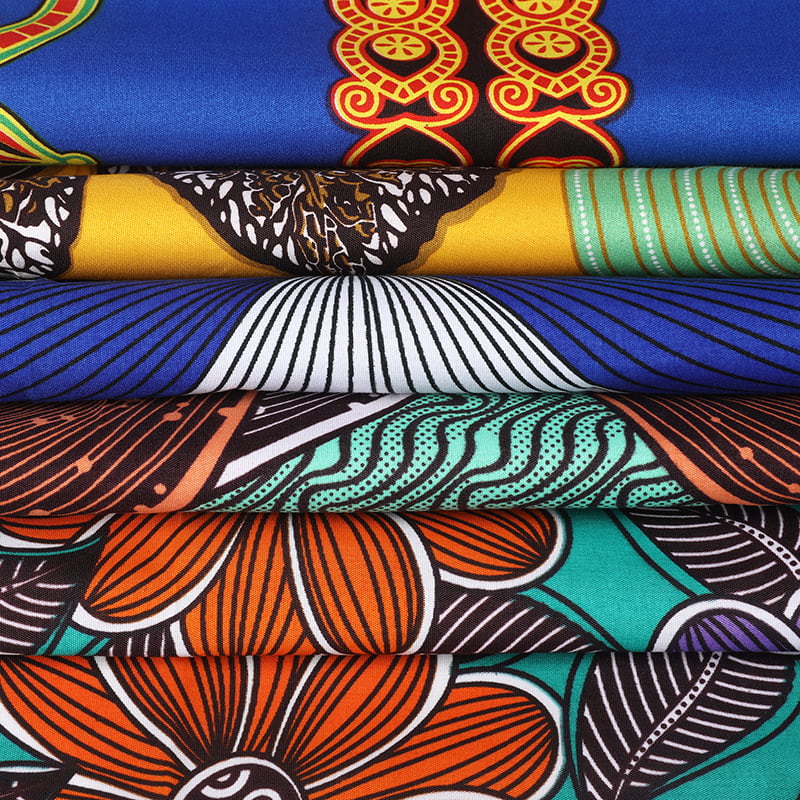Pigment Print Fabric is a printing process that uses textile pigment inks on cotton or polyester fabrics to produce colorful designs. It’s often used to make printed dresses, curtains, and towels. It’s easy to use and can be done by anyone with a printer, ink, and a heat-press machine. Its low initial setup cost, minimal waste, and reduced water quantity in post-processing make it an environmentally friendly process. It is also cheaper to run than dye-sublimation or reactive dye, making it an excellent option for micro-factories.
It can be printed on a variety of natural and synthetic fibers, including blended textiles such as cotton and elastane. It is a high-quality printing process that produces vivid colors and soft prints. It also provides a wide range of shade options, which makes it popular among clothing designers and manufacturers.
Textile pigment printing is a digital printing process that involves the use of textile pigment inks. The ink is applied to the fabric using a high-resolution digital inkjet printer. The pigments in the ink bind to the cotton or polyester fiber, which results in permanent color. The inks are also durable and waterproof. This method of printing is more flexible than other methods of textile printing, such as dye-sublimation and reactive dye. It’s ideal for short-run production, and it doesn’t require pre-treatment of the fabric.
The most common type of pigment ink for fabric is styrene butadiene-based. This type of binder is able to polymerize under an acidic pH, resulting in a crosslinked film that adheres to the cotton or polyester substrate. This type of printing allows for a wider range of colors than other types of digital inkjet printing processes. It also requires less binders and polymers, reducing the amount of water needed for post-processing.
Although the advantages of this process include bright and long-lasting colors, there are some drawbacks as well. Pigment printing can result in a hard fabric hand, and it may not be as good at fading or wash fastness as other types of digital print technology. It can also produce a strong smell and a dull color, which can be difficult to match with other printing technologies.
Unlike other printing techniques, digital pigment printing is localized, meaning the ink only applies to areas of the fabric that need it. This can lead to uneven printing, but it’s easy to fix if you notice any problems early on. The pigments are similar to paint, which is why this printing technique is sometimes called painted fabric. The printing will fade after several washings, but it’s still a great choice for people who want a durable garment.
Textile pigment printing is a relatively new technology, but it’s quickly gaining popularity as an alternative to traditional printing and dyeing. It offers a higher-quality finish with less environmental impact, and it’s easier to operate than other digital textile printing systems. The initial setup costs are low, and even someone with a simple printer can start producing high-quality apparel for premium customers.





